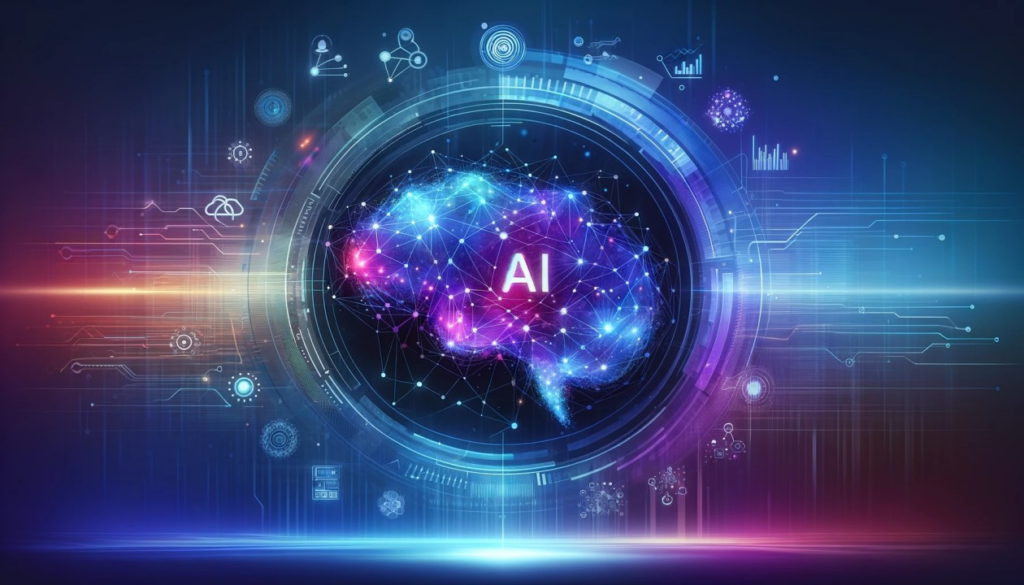
In the last few years, AI image generation tools have exploded in popularity, empowering artists, marketers, designers, and curious beginners to create stunning visuals without picking up a paintbrush or mastering a design program. Whether you’re generating surreal artwork, realistic portraits, or stylized illustrations, the process is surprisingly accessible—even if you have no technical background.
In this guide, we’ll walk you through everything you need to generate your very first AI image, from choosing a tool to writing effective prompts and fine-tuning your results.
Understand How AI Image Generation Works
Before diving in, it’s helpful to know what powers these tools. AI image generators are based on generative models—typically diffusion models or GANs (Generative Adversarial Networks). These models are trained on vast datasets of images and text and learn how to generate new images based on textual input (called prompts).
Popular tools like DALL·E, Midjourney, Stable Diffusion, and Adobe Firefly use these models to turn natural language into visuals.
Choose the Right AI Tool
| Tool | Best For | Access |
|---|---|---|
| DALL·E 3 | Realistic & imaginative imagery | Integrated in ChatGPT Plus |
| Midjourney | Artistic, stylized visuals | Discord-based subscription |
| Stable Diffusion | Open-source, customizable | Local or web-based (e.g., DreamStudio) |
| Adobe Firefly | Commercial-safe, brand-style art | Adobe Creative Cloud |
| Canva AI | Quick marketing visuals | Web-based with subscription |
| NightCafe, Leonardo AI, Runway ML | Variety of styles and use cases | Varies |
Create a Free (or Paid) Account
Most tools require you to create an account. Depending on the tool:
- Some offer free trials or limited generations (e.g., DALL·E via ChatGPT Plus).
- Others offer credits or subscriptions (e.g., Midjourney starts at $10/month).
Important: Check each tool’s terms of service, especially if you plan to use generated images commercially.
Write a Good Prompt
Prompts are the key to unlocking stunning results. They’re simple text descriptions that guide the AI on what to generate. A well-crafted prompt includes:
- Subject – What you want to generate (e.g., “a lion”).
- Style – Realistic, watercolor, cyberpunk, anime, etc.
- Environment – Where the subject is (e.g., “in a snowy forest”).
- Lighting/Atmosphere – Mood or tone (e.g., “glowing sunset”).
- Camera/Art Direction – Optional details like “wide shot” or “portrait orientation.”
Generate Your Image
Once your prompt is ready, paste it into the tool’s interface and hit “Generate.” The AI will process the request, and within seconds (or minutes), your image will appear.
Features You Might See:
- Variation buttons – to generate similar versions
- Edit/Enhance tools – for touch-ups or expanding the image
- Inpainting – to modify part of an image
- Download/Save – for exporting your creation
In DALL·E via ChatGPT, you can type prompts like: “Create an image of a futuristic city underwater with glowing jellyfish”, and the AI will respond with the image.
Refine and Experiment
AI-generated images aren’t always perfect the first time. Here’s how to improve them:
- Tweak the wording: Add or remove adjectives and details.
- Change the style: Try different artistic or rendering styles.
- Increase resolution: Use tools or built-in features to upscale.
- Try variations: Generate multiple versions from the same prompt.
AI art is iterative. Each generation teaches you how to prompt better.
Organize and Use Your Images
Now that you have your image:
- Download it in high resolution
- Store it in folders with the prompt saved for future use
- Use it in presentations, marketing, illustrations, blog headers, etc.
Legal Note: Some tools (like Adobe Firefly) are trained on commercially-safe datasets. Others may have limitations on commercial use. Always read the license agreements before using AI art in business.
Advanced Tools and Features
Once you’re comfortable, explore more advanced features:
- Inpainting: Remove or replace objects in an existing image.
- Outpainting: Expand an image beyond its original borders.
- Image-to-image generation: Upload a reference image and transform it.
- ControlNet / Depth Maps (Stable Diffusion): More technical, but gives precise control.
- Prompt weighting: Prioritize certain elements more strongly in the output.
These advanced methods can help refine creative control and achieve professional results.
Common Questions
Can I use AI images commercially?
Some platforms allow it (e.g., Adobe Firefly), while others require proper licenses or restrict usage. Always check the tool’s usage terms.
What’s the difference between tools?
Style, model training data, interface usability, speed, and licensing vary. DALL·E is good for conceptual clarity, Midjourney for artistic flair, and Stable Diffusion for control.
Are AI images truly original?
They’re not copied but synthesized based on patterns learned from training data. However, originality in a legal or philosophical sense is still debated.
Creating your first AI-generated image is easier than ever. Whether you’re an artist looking for inspiration, a content creator streamlining your workflow, or just curious about the tech, AI tools open new doors to visual creativity.
The key is to experiment. Play with prompts, explore different tools, and let the AI surprise you. The more you generate, the better you’ll get at crafting powerful prompts and producing images that wow.